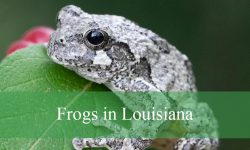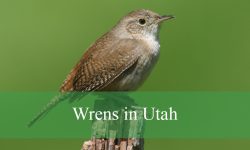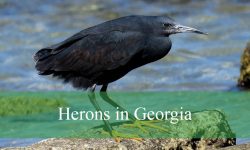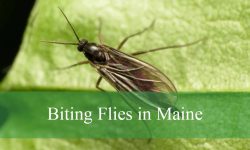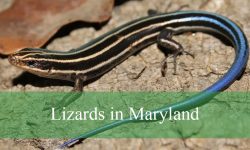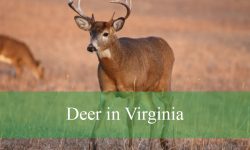Kentucky is home to a fascinating variety of deer species, ranging from the familiar white-tailed deer to the rare elk and non-native red and fallow deer. These graceful animals are an iconic part of the state’s forests, meadows, and river valleys, captivating wildlife enthusiasts and hunters alike.
White-tailed deer dominate the landscape and can be seen throughout the state, while elk have made a comeback in eastern Kentucky through careful conservation and reintroduction programs. Meanwhile, mule deer occasionally wander into the state, and fallow and red deer are primarily found on private lands and controlled preserves.
Observing deer in Kentucky is a rewarding experience, especially during early mornings and late evenings when they are most active. Understanding their habitats, behaviors, and seasonal patterns can help wildlife watchers, photographers, and nature lovers spot these remarkable animals safely and respectfully.
Different Types of Deer Found in Kentucky
White-tailed Deer (Odocoileus virginianus)
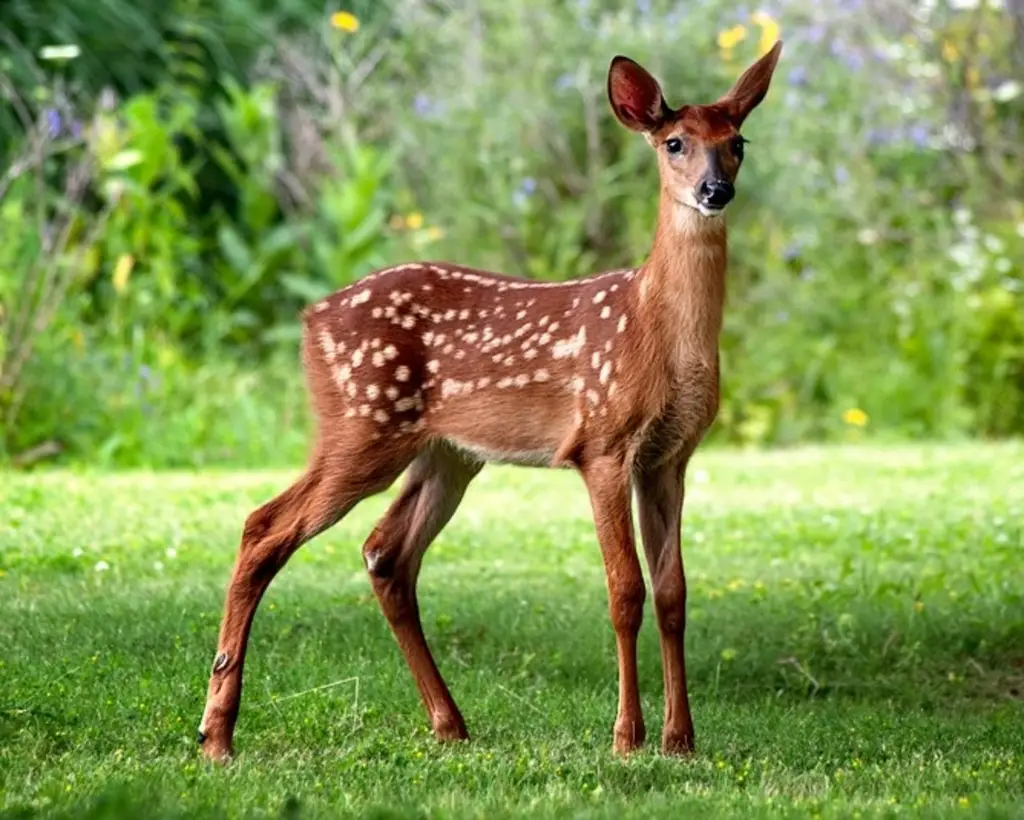
White-tailed deer are the most abundant and iconic deer species in Kentucky. Adult males, called bucks, typically weigh between 150–300 pounds, while females, or does, weigh around 90–200 pounds. Their coat is reddish-brown in summer and turns grayish-brown in winter, with a distinctive white underside of the tail that is raised when alarmed.
These deer are highly adaptable and thrive in various habitats, including forests, farmland, and suburban areas. They often prefer edges of woods where cover and food sources meet. Kentucky’s rolling hills and river valleys provide ideal conditions for large populations of white-tailed deer.
White-tailed deer are herbivores, feeding on leaves, twigs, fruits, nuts, and agricultural crops. In the fall, acorns and other mast become essential for building fat reserves for winter. They are crepuscular, most active during dawn and dusk, and rely on their keen senses of smell and hearing to avoid predators like coyotes and bobcats.
Reproduction occurs in the fall during the rut. Bucks use their antlers to compete for does, often engaging in sparring matches. After a gestation of about 200 days, does give birth to one to three fawns in late spring. Fawns are born with spotted coats that help them remain camouflaged in dense vegetation.
White-tailed deer are highly valued by hunters and wildlife enthusiasts in Kentucky. Their populations are managed through regulated hunting seasons and habitat conservation programs. Observing these deer in natural settings, particularly in forests and fields during early morning or late evening, provides excellent wildlife-watching opportunities.
Elk (Cervus canadensis)
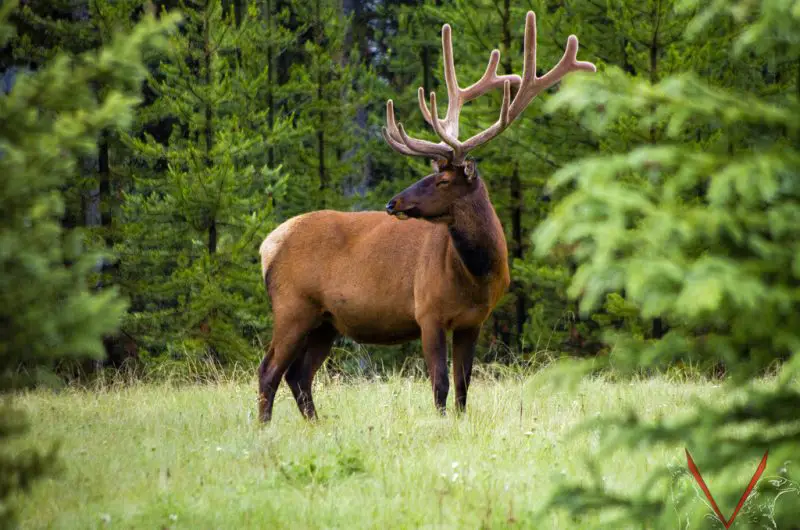
Elk, also known as wapiti, are much larger than white-tailed deer. Adult bulls can weigh up to 700 pounds, with impressive antlers that may span up to four feet. Females, or cows, are smaller, averaging 400–500 pounds. Their coats are reddish-brown in summer and darker brown in winter, with a lighter rump patch.
Elk were historically extirpated from Kentucky but have been reintroduced in some eastern regions, mainly in controlled wildlife areas and state-managed preserves. They favor mixed hardwood forests, open meadows, and river valleys, which provide both food and cover.
These herbivores feed on grasses, forbs, leaves, and bark. During winter, they rely heavily on woody vegetation when softer forage is scarce. Elk are mostly crepuscular but can also be active during the day, especially in areas with minimal human disturbance.
Mating season occurs in the fall, when bulls engage in bugling calls to attract females and establish dominance. Calves are usually born in late spring after a gestation of about 240 days. Calves stay close to their mothers for protection and learning survival skills.
Elk are less commonly seen than white-tailed deer in Kentucky, making sightings special for wildlife enthusiasts. Popular areas to observe elk include the Daniel Boone National Forest and other state-managed preserves. Watching elk during dawn or dusk in open meadows offers a memorable wildlife experience.
Mule Deer (Odocoileus hemionus)
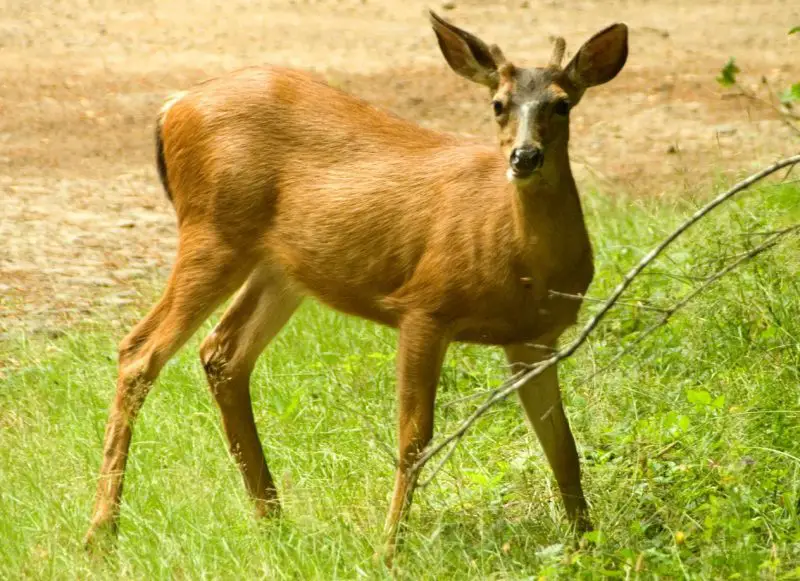
Mule deer are rare in Kentucky and are primarily western species that occasionally wander east. Adult bucks weigh between 120–300 pounds, while does are lighter, ranging from 100–200 pounds. They are named for their large, mule-like ears, which are longer than those of white-tailed deer. Their coats are grayish-brown in winter and reddish-brown in summer, and their tails have a black tip.
Mule deer prefer open woodland, scrub, and rocky areas in their native range, but in Kentucky, they are mostly accidental visitors. They are highly alert and rely on keen senses and agility to escape predators. When startled, they often use a distinctive bounding leap called “stotting” or “pronking.”
These deer are herbivorous, feeding on shrubs, leaves, twigs, and grasses. Their diet can vary seasonally depending on the availability of vegetation. Unlike white-tailed deer, mule deer tend to travel in smaller groups and are more solitary, especially bucks outside of the breeding season.
Breeding occurs in the fall, with bucks competing through displays and antler clashes. Gestation lasts about 200 days, and does typically give birth to one or two fawns in late spring. Fawns are born with spots for camouflage and remain hidden for the first few weeks of life.
Mule deer sightings in Kentucky are uncommon, often exciting birders and hunters who venture into forested or open habitats. Observing them requires patience, as they are wary of human presence. Most reports come from eastern Kentucky near rugged terrain where they occasionally wander from neighboring states.
Fallow Deer (Dama dama)
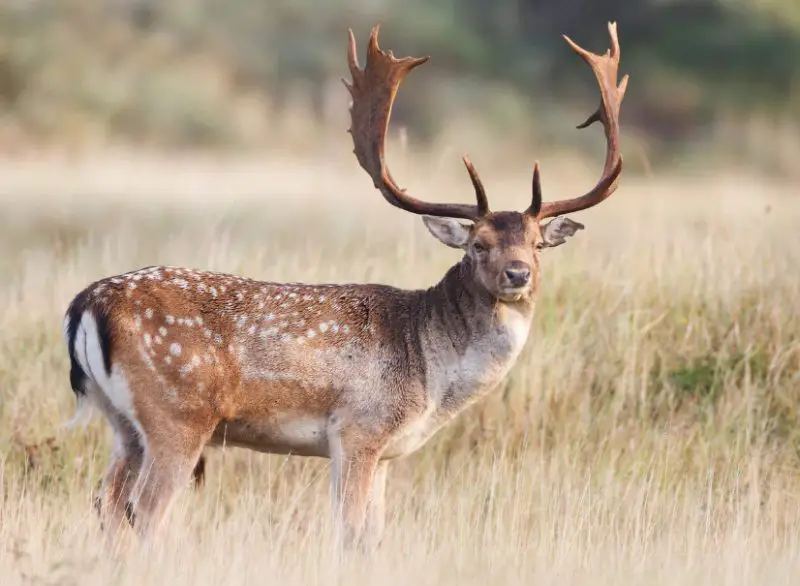
Fallow deer are not native to Kentucky and are primarily found on private estates, game preserves, or controlled hunting areas. Adults weigh between 100–200 pounds, with males (bucks) sporting broad, palmate antlers and females (does) lacking antlers. Their coat can vary in color, from light tan with white spots in summer to a darker brown in winter, with a white rump patch.
Fallow deer prefer mixed woodlands with open grassy areas, which provide both cover and forage. In Kentucky, they are mostly restricted to managed habitats where food and protection are provided. These deer are highly adaptable but tend to avoid densely populated human areas.
They are herbivores, feeding on grasses, leaves, fruits, and bark. In managed areas, supplemental feeding is sometimes provided, especially during harsh winters when natural forage is limited. Fallow deer are mostly crepuscular, active during dawn and dusk, though they can be observed during the day in safe, undisturbed habitats.
Breeding occurs in the fall, known as the rut, when bucks display for females through vocalizations, antler clashes, and ritualized movements. After a gestation of about 230 days, does give birth to one fawn, which remains hidden for several weeks until strong enough to follow the mother.
Fallow deer are valued in Kentucky for hunting and wildlife observation. Sightings in the wild are uncommon, so most encounters occur in game reserves or private properties. Their graceful appearance, unique antlers, and spotted summer coats make them a striking species for photographers and wildlife enthusiasts.
Red Deer (Cervus elaphus)
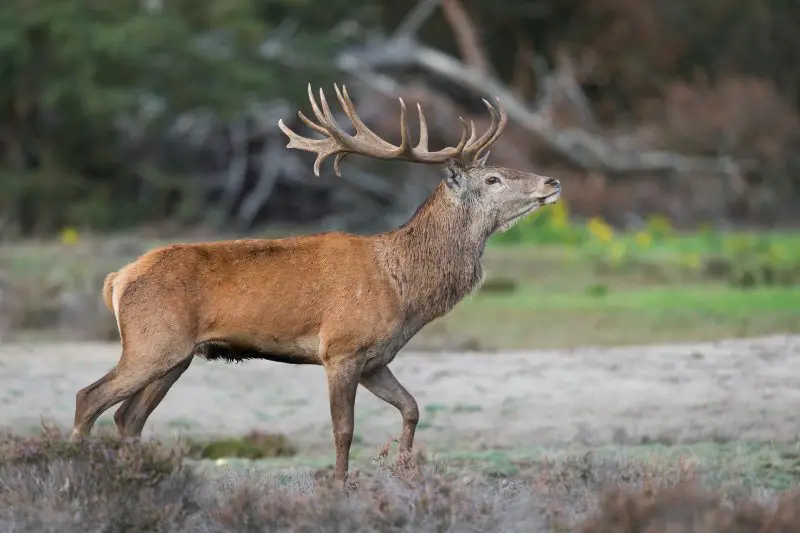
Red deer are also non-native to Kentucky and are primarily confined to private hunting grounds or controlled environments. Adult stags can weigh up to 500–600 pounds, while hinds weigh around 350–450 pounds. Their coats are reddish-brown in summer and darker in winter, with lighter underparts and a small rump patch.
Red deer favor open forests, meadows, and river valleys that provide both forage and cover. In Kentucky, they are rarely observed outside of managed estates where populations are maintained for conservation or hunting purposes. They are highly alert and tend to avoid heavily trafficked areas.
These deer are herbivorous, feeding on grasses, leaves, shoots, and agricultural crops if available. Seasonal changes influence their diet, with bark and woody vegetation being important in winter. Red deer often form small groups, especially females with calves, while adult males may roam alone or form bachelor groups outside of the rut.
The rut occurs in the fall, when stags compete for hinds using vocalizations called roaring, antler displays, and sparring contests. After a gestation period of about 240–250 days, hinds give birth to one fawn, which stays concealed in vegetation for the first few weeks.
Red deer in Kentucky are rare and mostly seen on private properties or wildlife reserves. Observing them requires permission and careful timing, often at dawn or dusk. Their impressive size, majestic antlers, and powerful presence make them highly prized by hunters and wildlife photographers alike.
Best Times and Places to Observe Deer in Kentucky
Observing deer in Kentucky can be an exciting experience, especially if you know when and where to look. The best times are during the early morning hours around dawn and the late afternoon to dusk, when deer are most active. During these times, you have the highest chance of spotting feeding or traveling deer in open fields and forest edges.
White-tailed Deer
White-tailed deer are widespread throughout Kentucky, with large populations in Daniel Boone National Forest, Land Between the Lakes National Recreation Area, and various state parks. Early morning or late evening walks along forest edges, meadows, and agricultural fields provide excellent opportunities for observation.
Elk
Elk in Kentucky are concentrated in eastern regions, particularly in controlled wildlife areas and preserves such as the Kentucky Elk Heritage Center and nearby Daniel Boone National Forest locations. Observing elk at dawn or dusk in open meadows and valleys yields the best sightings.
Mule Deer
Mule deer are rare in Kentucky and are mostly accidental visitors. Reports usually come from eastern and central Kentucky near rugged or open woodlands, where they may wander from neighboring states. Patience and quiet observation are key due to their wary nature.
Fallow Deer
Fallow deer are mostly found on private estates, game preserves, and controlled hunting areas. Observing them is easiest in late morning or early evening when they are actively feeding in open fields within these managed habitats.
Red Deer
Red deer are rarely seen outside of private hunting grounds or wildlife reserves. Observations are best during dawn or dusk in open forests, meadows, and river valleys where these managed populations are maintained.
FAQs About Deer in Kentucky
What is the most common deer in Kentucky?
The white-tailed deer is the most common and widespread deer species in Kentucky, easily found in forests, farmlands, and even suburban areas.
Are elk native to Kentucky?
Elk were historically native but were extirpated. They have been reintroduced in eastern Kentucky and are now found in controlled wildlife areas and preserves.
Can I see mule deer in Kentucky?
Mule deer are extremely rare in Kentucky and are mostly seen as wandering individuals from western states, often in eastern and central regions.
Where can I see fallow or red deer in Kentucky?
Both fallow and red deer are non-native and mostly confined to private estates, hunting grounds, or wildlife preserves. Public sightings are uncommon.
When is the best time to observe deer?
The best time to observe deer is during dawn and dusk, when they are most active and feeding near forest edges, meadows, and open fields.
Are Kentucky deer dangerous to approach?
Deer are generally not aggressive but can become defensive during the rut or if they feel cornered. Always observe from a safe distance and avoid feeding wild deer.

